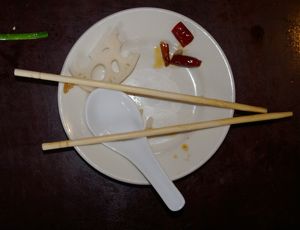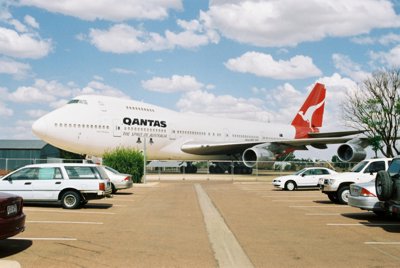‘They were dying 12 at a time’ – recollections of the Spanish flu pandemic at Barambah Aboriginal settlement
Thursday, October 17th, 20192019 is the centenary of the Spanish flu pandemic that infected more the 500 million world wide and caused between 50 and 100 million deaths. It was one of the deadliest epidemics in human history.
The Barambah (later known as Cherbourg) Aboriginal settlement in the South Burnett was severely impact by the pandemic. Eighty-seven died in a little over a month in May-June 1919. The mortality rate on Barambah – 143 per 1000 – was seven times the rate for the rest of Australia. The swiftness and severity of the epidemic was like a mini holocaust, claiming almost one-fifth of he settlement population.
In the early 1980s I interviewed two women who grew up on the settlement and had first-hand experience of the pandemic. These interviews are very rare first-hand accounts and provide an exceptional insight into the impacts of the pandemic.
Eddie Meredith vividly recalled assisting the Matron in going round to the camps. She was 17 years old at the time.
We’d go around to the humpies where these old fellows were sick. We’d find them almost lying in the fire crooked, bend around trying to get warm. Many times we found them dead like that – as cold as ice. She used to just roll them over and have a look at them, feel them, and fix their eyes up, bring their eyelids down, and just cover them over … Charlie Blair, he would get hold of these old fellows that had died and he’d have to straighten their legs. He’d have to break them to make them straight to wrap them.
When they were dying in the fives, sixes and sevens, sometimes 12 one night. They would have to spread them in the blanket, roll them in the blanket and stitch it up with a bag needle because there was no time to make coffins.
Evelyn Serico was 12 years old when the pandemic hit Barambah and her mother was one of the casualties. She recalled:
That plague was a terrible sad thing.
My mother died from it. I remember sitting outside, and of course no one took any notice of a little girl sitting outside. I was very devoted to my mother. I was all alone and they said we need a blanket.I remember running and saying ‘take my blanket, take my blanket, take my blanket’. We were all given a blanket. And my mother was wrapped in my blanket.
The full excerpts about the pandemic from their interviews, listen here.
Ettie Meredith Spanish flu Barambah 1919
Evelyn Serico Spanish flu Barambah 1919




